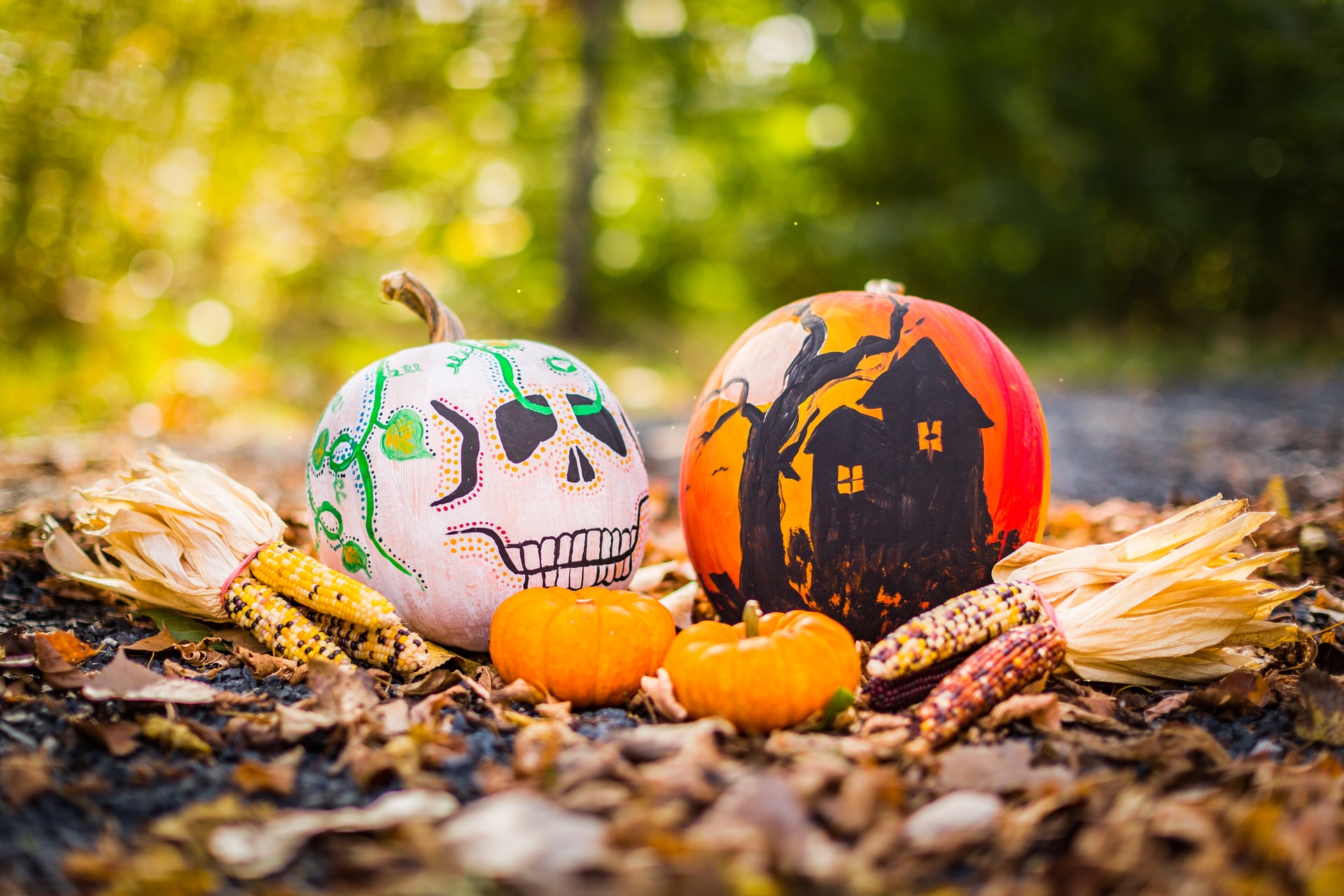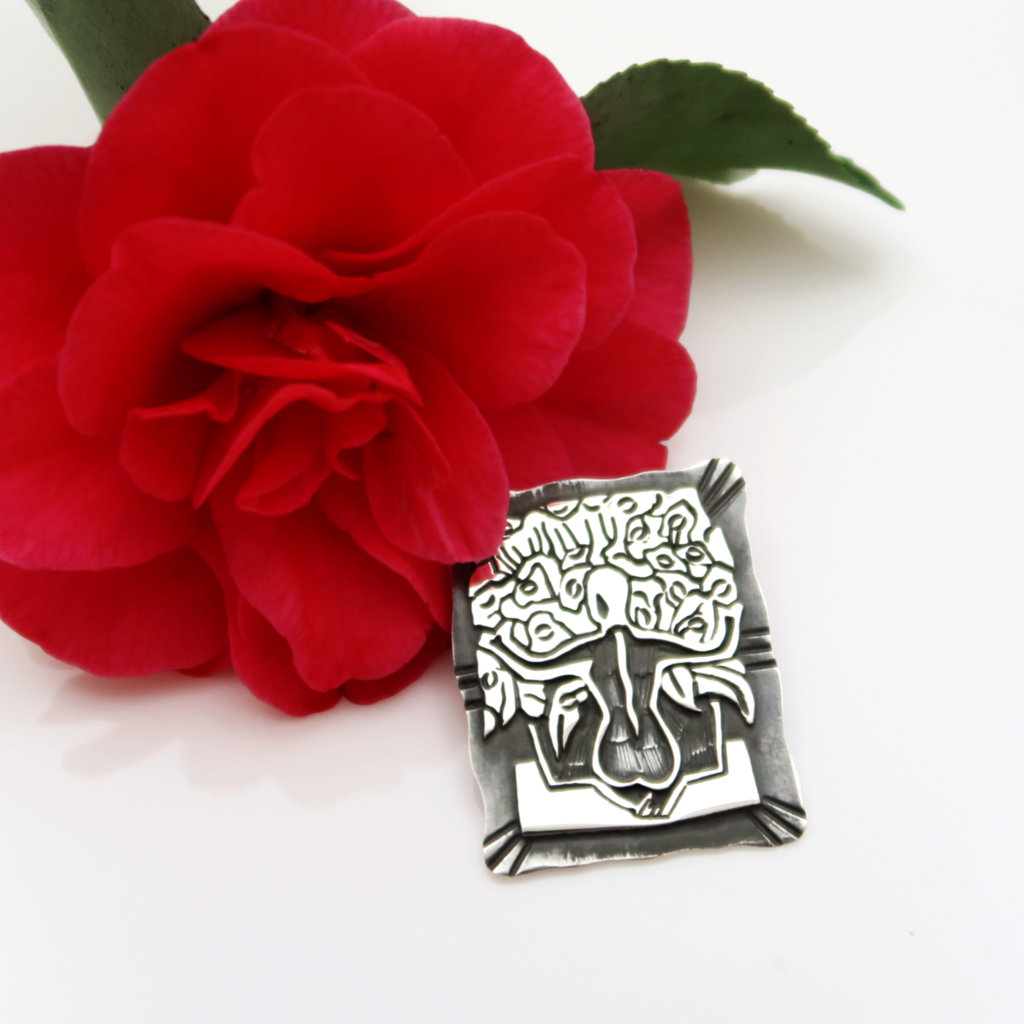When summer turns to fall, the change is sometimes subtle. Temperatures turn from warm to cool. The days become shorter. And as the leaves slowly turn from green to yellow and start falling to the ground, the change is taking place before our very eyes. However, a not-so-subtle change is occurring upon closer observation. Pumpkins of all sizes begin to adorn gardens, porches, and front yards everywhere. Soon to be joined by jack-o-lanterns and spooks of all kinds.
And no matter your taste, background, or nationality, it’s unmistakable. Halloween/Dia de los Muertos is in the air! While we all remember the build-up to trick or treat, there’s an interesting history of the holiday in both the United States and Mexico.
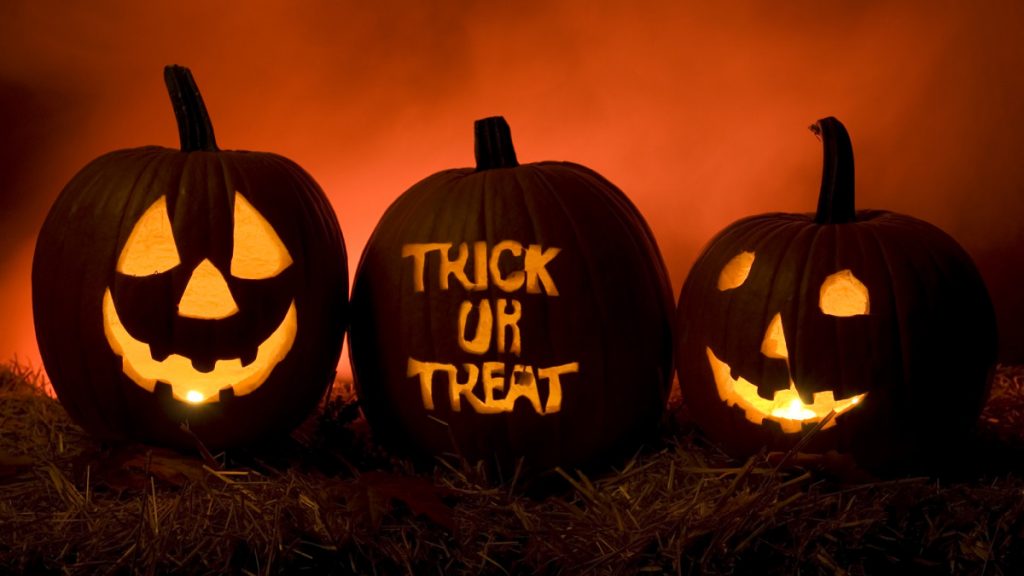
HALLOWEEN
The origin of Halloween dates back nearly 2000 years to the Celts the country we know as Ireland. The Celts celebrated their New Year on November 1, which at that time, marked the end of Summer and the start of dark cold Winter, and its association to human death. The Celts believed that on October 31, the ghosts of dead people return for one night to create havoc in the local town, and specifically destroy farmers’ crops.
Celtic priests would light huge bonfires and local residents would burn crops and dead animals as sacrifice to the Celtic deities in an effort to please them in the hope of avoiding catastrophic events during the winter months. Many people wore costumes that included animal skins and/or fancy headdresses.
In later years during the Roman Empire, the tradition continued and was integrated with prior celebrations of the dead in late October. Then, with the spread and influence of Christianity, the Church decided to change the Celtic festival for something that was deemed as not too blasphemous and more in line with more traditional Christianity. The result: All Souls Day, celebrated on November 2. While the new celebrations continued with many of the original Celtic traditions, the costumes had a decidedly more religious tilt, that featured saints, angels and devils, both good and evil!
All Saints’ Day, also called All-Hallows Eve, evolved over time and came to be known as what we now know as Halloween.
This celebration eventually came to America, although initially it was not universally celebrated due to religious conservatism among many colonies. Over time, however, different versions and interpretations of the holiday became more common, which included public celebrations of an annual harvest as local residents wore costumes, told ghostly tales, dance and sang, and even predict the fortunes, both good and bad, of those who dared to believe.
Amid a swelling migration flow to the Americas, the All Saints’ Day celebration passed thru many iterations and gained popularity, particularly among more conservative colonies and states. While some modifications have been made, some based on either religious or political censorship, nearly all of us have taken part in the celebration of Halloween.
What first began as a celebration to mark the end of summer and keep ghosts at bay to protect crops and people through dark and cold winters, is now a celebration clouded in mystery, imagery, nightmares, ghosts, and spooks of all shapes, sized, and colors. Remember the days when children looked forward to a night of trick or treating? That shoe is now on the foot/feet of adults!
DIA DE LOS MUERTOS (Day of the Dead)
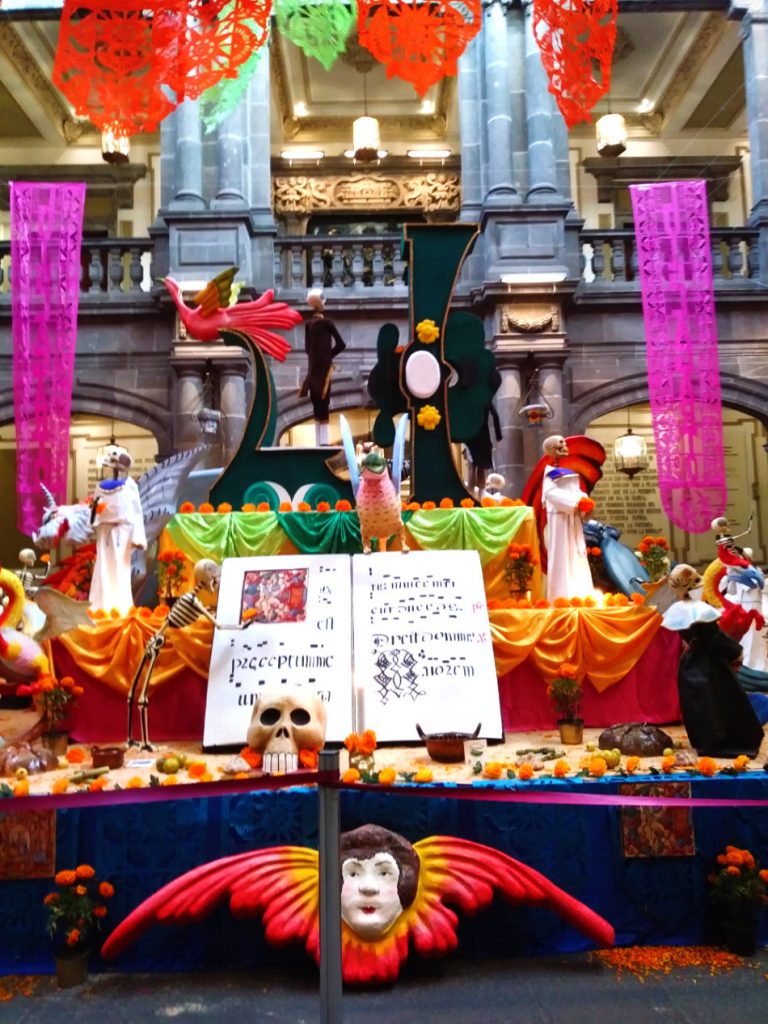
While this celebration is much older than the Celtic’s, its origins are based on the religious beliefs and the afterlife of the Aztecs and Toltecs who founded what we recognize as Mexico City is today central Mexico. The afterlife was a central part of their lives, as death was venerated as sacred and a fundamental element of the soul’s journey to its final resting and holy place, known as Mictlán.
Celebratory rituals performed by the high priests go back nearly a millennium, before the “Day of the Dead” celebration was even conceived. The decorative skulls present in so many ancient temples and buildings throughout Mexico are a vivid reminder of the tradition that is passed from generation to generation.
Following the Spanish Conquest (Conquista), the Catholic church brought all of these celebrations under one umbrella. All Saints Day on November 1, was coupled with All Souls Day on November 2, and became Dia de los Muertos, and soon spread throughout most of Latin America.
Dia de los Muertos is recognized as one of Mexico’s most important and popular traditions/celebrations, as the ghosts/souls of loved ones are guided into our physical planes. The dead are considered to be ever-present within their respective communities and families, alive in spirit and NEVER forgotten. Celebrations typically begin on November 1, and sometimes as early as October 28.
Celebrations nowadays have become elaborate rituals, with the memories of deceased love one(s) in mind, and represented by colorful displays, known as “Ofrendas”, elaborately placed in private homes or public places. These are typically accompanied by and decorated with traditional Mexican food, like Mole, tacos, Chiles en Nogada, Buñuelos, tamales, Pan de Muerto (made especially for the celebration) Tequila, candy, and their loved one’s favorite foods. Photos sit atop of these elaborate altars.
Iconic Mexican momentos adorn households everywhere to help these souls find their way back home, especially Marigolds (cempasúchil) flowers, with their lovely and memorable aroma to help guide them home.
Copal incense, which was used widely among the Aztec and Mayan people, also fills the air in many homes to attract and guide these spirits to celebrate with their loved ones.
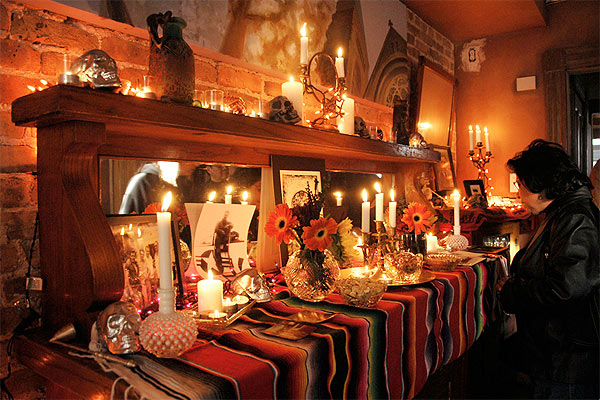
Among the most popular decorations are the elaborate sugar skulls that include colorful foils, distinct trinkets, specially designed figurines, with the names of the deceased artistically scribbled across the foreheads, which represent an active representation of the skulls from some of the most ancient ruins. Looking back, while these celebrations and traditions may have different origins, some of the similarities are striking. Upon closer investigation, we can see that culture and religion do indeed intersect, and as a result, here in the United States, Dia de los Muertos is both recognized and celebrated for its charm and uniqueness not only among the Hispanic community but among the Anglo, Asian and African American communities as well.
At the same time, Halloween is now recognized and celebrated in many places throughout Mexico, especially in the country’s most populous area, Mexico City. Both children as well as adults will stroll their neighborhoods after dark for trick-or-treat, known as Calaverita (little skull).
In the end, people on both sides of the border should recognize and respect the other’s tradition and celebration, because if you look at it, one’s celebration/tradition/culture is just as interesting as the other’s! What do you think?
Here at MexicoSterling.com, we would love to show you some of our Dia de los Muertos jewelry line. Our artisan, traditional Mexican sterling silver jewelry is one of a kind and we are sure, that you will find more fascinating designs that you’ll love. Enjoy.
www.mexicosterling.com

